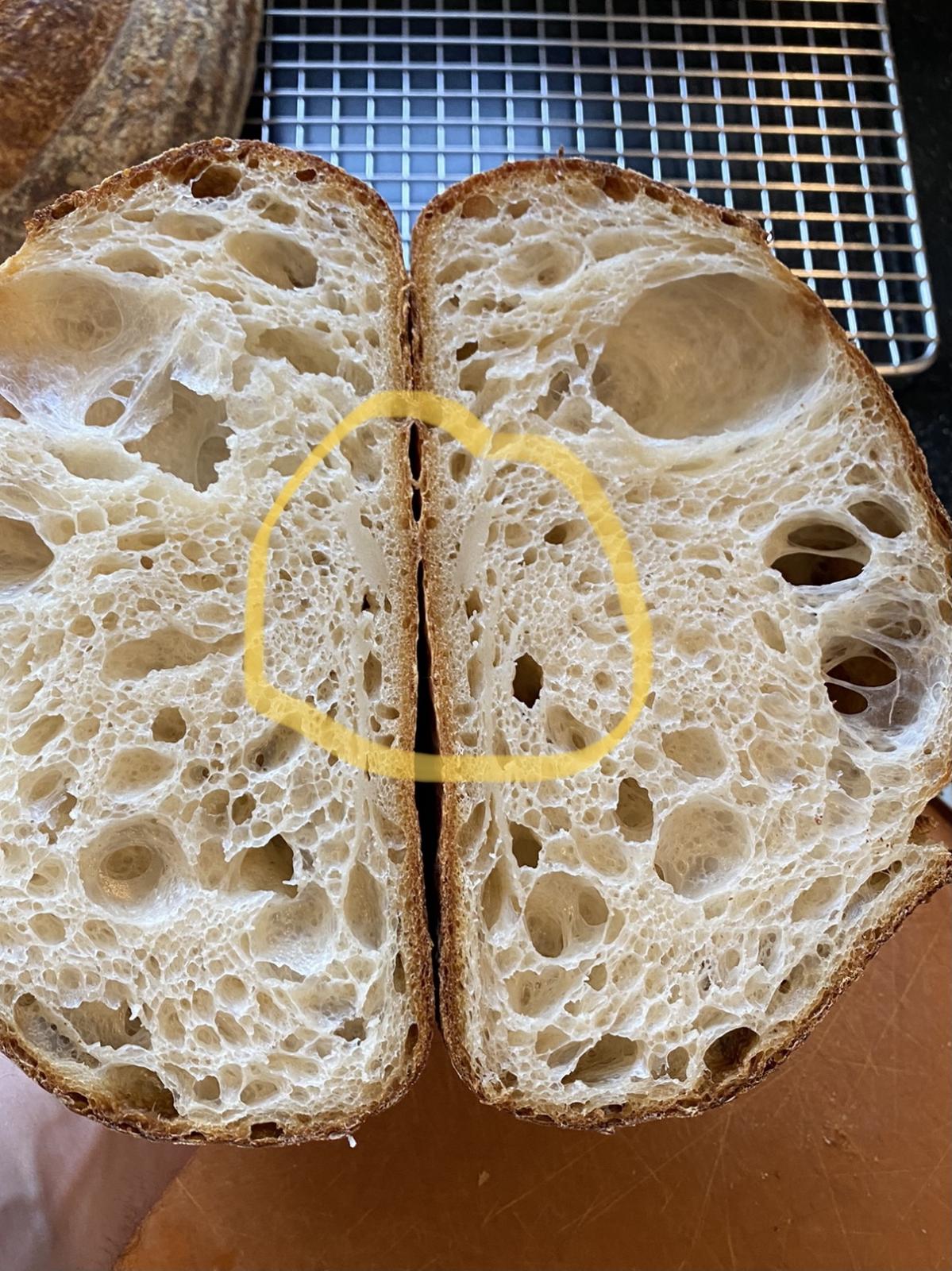This is my first blog entry but not my first post. I thought it might be worthwhile to post my experience with the new Anova Precision Oven, which has been promoted, in part, as a steam oven suitable for bread baking. My review is pretty mixed, but after a dozen or more failed bakes, I’ve finally begun to see good results.
For those who aren’t familiar with it, the Anova Precision Oven is a combi (steam and convection) oven. It’s said to retain temp to within 0.5°F for sous vide-like cooking. The oven has many capabilities and, in my experience, some flaws, but I’ll limit my review to bread baking because A) this is bread bakers forum; and B) that’s about the only thing I’ve used it for.
When I first got the oven, I thought I could follow the baking instructions from a recipe in much the same way I would bake a loaf in my old GE gas oven, except that I’d use a setting to steam the oven instead of pouring boiling water on old towels and lava rocks. Turns out that was a gross over-simplification and unless you’ve used a combi oven before, you might find the learning curve pretty steep. At least, I have.
BAKING
I’ve had a hard time getting bread right in this oven. I prefer darker crusts, but when baked in this oven, the crusts set and darken very fast – well before the interior of the loaves have time to fully bake. At this point, about 15 loaves have been baked in my Precision Oven, nearly all of them with dark exteriors and interiors that range from gummy to doughy. Anova’s Customer Service seems unable to provide meaningful guidance on how to *properly* bake bread in their oven. The app has few bread recipes and I’ve been unable to find any solid direction on how to migrate standard baking instructions to the steam oven. I’ve referred to a number of online resources (Anova Cusine app, some Facebook pages, and even a subreddit for combi oven users that seems to have a lot of Precision Oven users on it), but there’s no authoritative place to get meaningful guidance. I’ve found the app to be disorganized and not particularly helpful. Baking decent bread in the oven has, unfortunately, involved a lot of hit and miss experimentation.
The oven has some “limitations” that, in my impression, might contribute to less than ideal bread baking conditions:
- The convection fans in the Anova oven are variable only under certain configurations; unfortunately they are not configurations you’d normally use for baking bread. If the rear heating element (recommended for bread baking) or steam (the whole reason for using the oven) is in use, the fan is locked on high
- The oven cavity is small, so the baking bread is mere inches away from the fan blowing intensely hot air onto it at full speed (it’s a countertop oven, so…)
- Water/Steam conducts heat faster than air, so I would imagine that using the highest steam setting (100%, which is what the recipes on their app seem to recommend) intensifies the heat and accelerates the browning. (Most if not all of the recipes I’ve found on the app recommend 100% steam.)
- Using the bottom heating element in place of the rear element is a non-starter because the heat maxes out at 356°F
- I have wondered if the water inside the loaf can’t evaporate quickly enough in the steam-saturated air to keep up with the fast-cooking crust
I could be entirely wrong about the effect of these items, but they do limit the baker’s control. Reducing the fan speed and switching to the bottom heat element were among the things I intuitively wanted to try in order to “fix” the overbrowning/underbaking problem, but they ended up not being viable solutions. That said, I have no scientific training and these are just my impressions. Hopefully those of you with more experience can correct me if I’m wrong.
After reaching out to Anova Customer Service and waiting days for a reply, I was advised to reduce the oven temp (no direction as to how much) and tent the loaf if it appeared to be browning too fast. I already thought of tenting, but their marketing material promises “no hack” bread baking and, frankly, fiddling with foil in the small, hot, and steamy oven cavity does not appeal to me. They also referred me to a Facebook page where some bakers were posting results with their own time and temperature combinations. Ultimately, it was the fb page and advice from everyday users like me that got my bakes in the ballpark. Based on other user experiences, I now reduce temperatures more than I’d have thought necessary (425°F) and dial the steam down to 70% – 75%. In this scenario, I turn the steam off after the crust sets and starts browning, but don’t vent it for another 5 minutes or so after that. Then I continue baking at the same temp without steam until done. This results in a dark brown crust and a tender, moist, but not under-baked, crumb. If you’re a person who prefers a lighter crust, you might have to resort to tenting. Over the next week, I’ll do more experiments with different hydrations and dough sizes (up to now I’ve been limiting my bakes to 700g).
PROOFING
I’ve also tried using the oven for proofing dough and maintaining starter. I did this only to see how it would go because the oven seems like overkill for this purpose, especially considering that I already have a Brod & Taylor proofing box. The oven is supposed to maintain temp within 0.5°F in sous vide mode and I found that the oven actually fluctuates between 5°F – 10°F above the set point. There are reports online from users who say the oven doesn’t maintain temp at the low end of the sous vide range, and this sounds like an example of that. It seems to perform better at higher temps. I reached out to Anova customer service on Feb 11 to see if they could help me understand that, but I have not yet heard back. However, when I used the probe thermometer to sous vide some steaks, they came out really good, better in my opinion than steaks I’ve cooked sous vide using a water bath circulator.
I’d be most interested in comparing notes from any other users out there.
Two weeks ago, I thought I would return the oven for sure, but now I’m leaning toward keeping it. If I didn’t already own one, I would probably hold out for a while though. Anova does seem to be making adjustments based on user feedback, so I would expect subsequent iterations of the oven to be better. And now that I’m getting used to it, I’m finding there is a lot to like about the oven. I just wish Anova had dedicated at least a little bit of energy to supporting the consumer market that may not be familiar with the more practical aspects of using it.
As an aside, I’ve had some issues with the physical oven: the water tank bowed and Anova put me on a waiting list for a replacement. Also, the pan buckled at high heat and they promised to send a replacement for that, too.








































